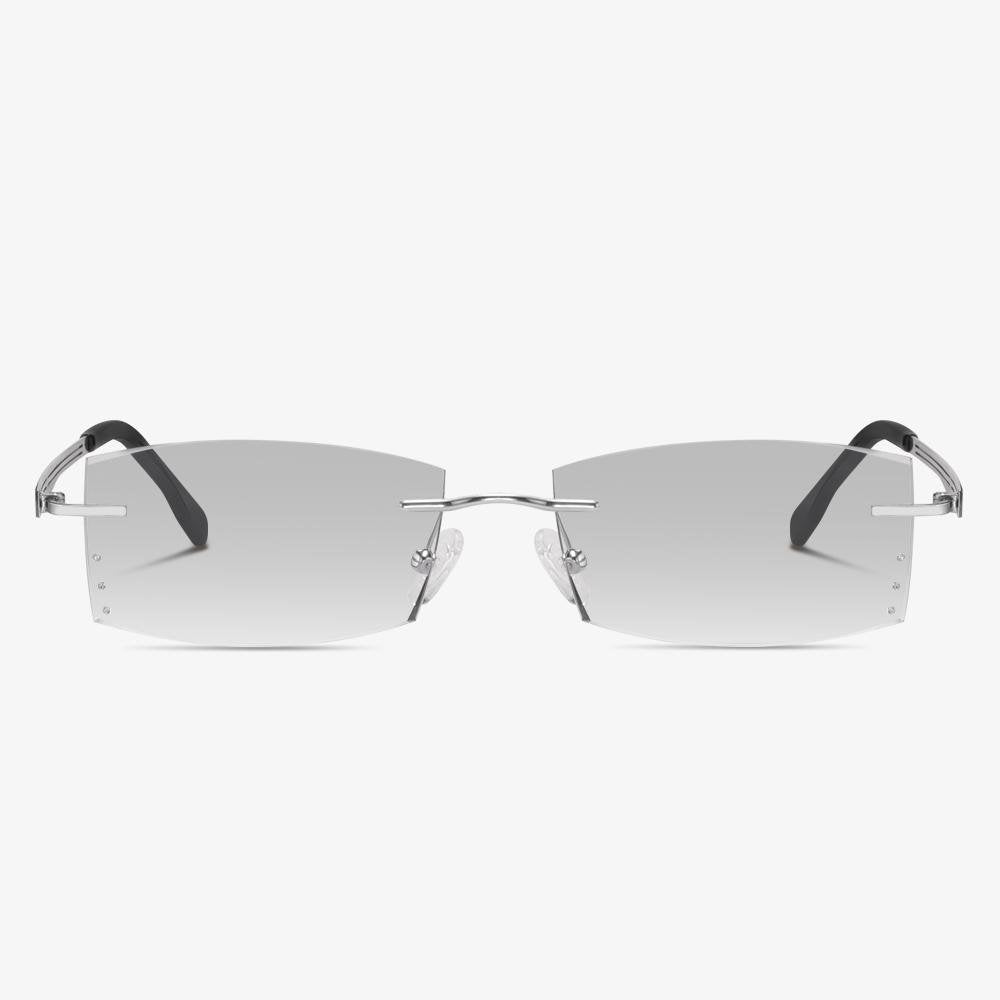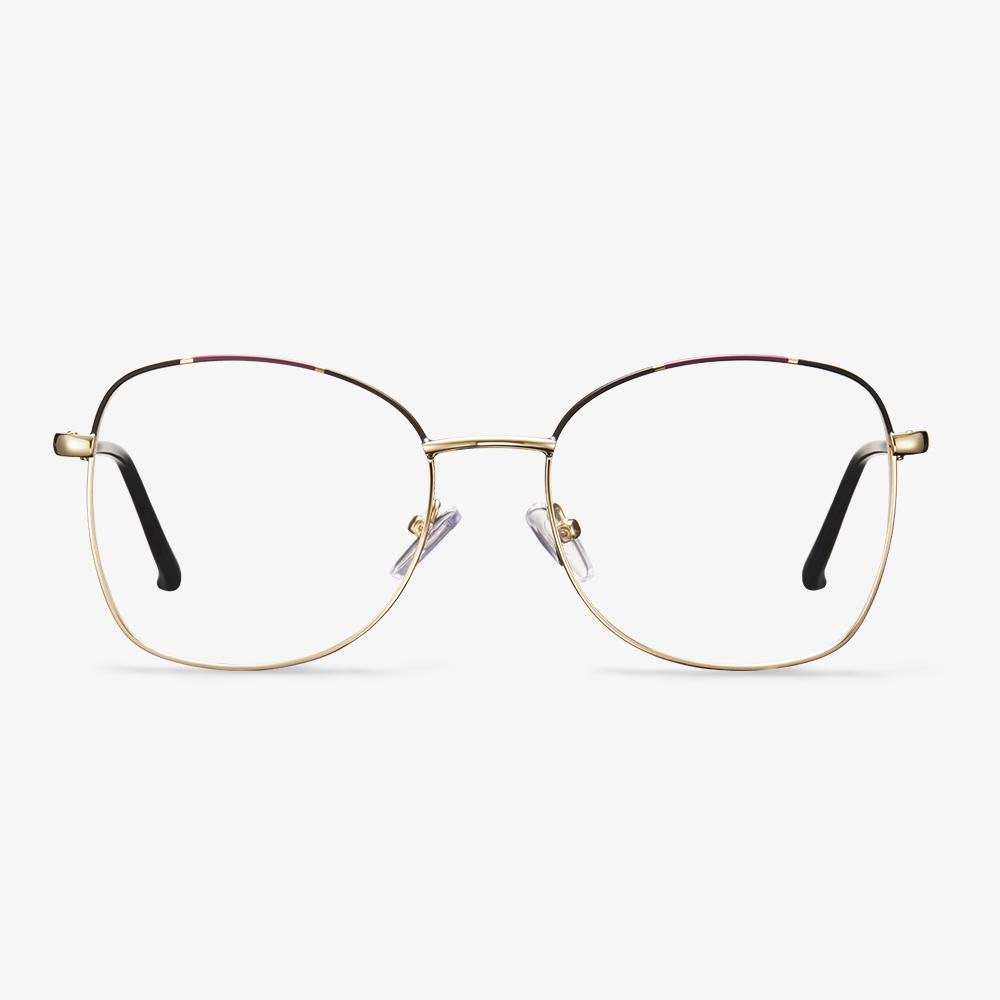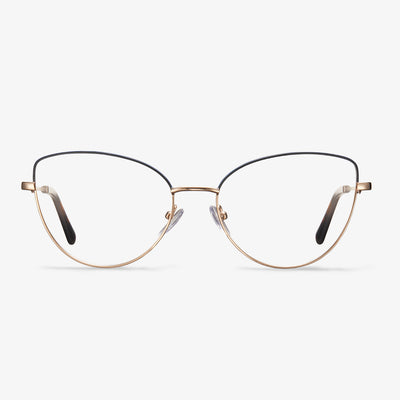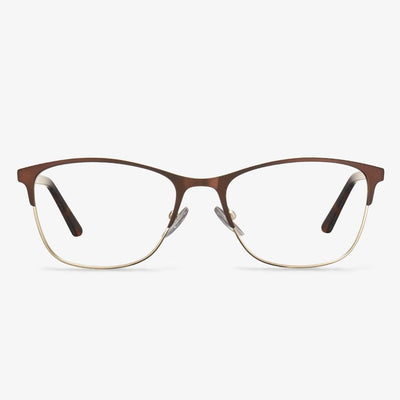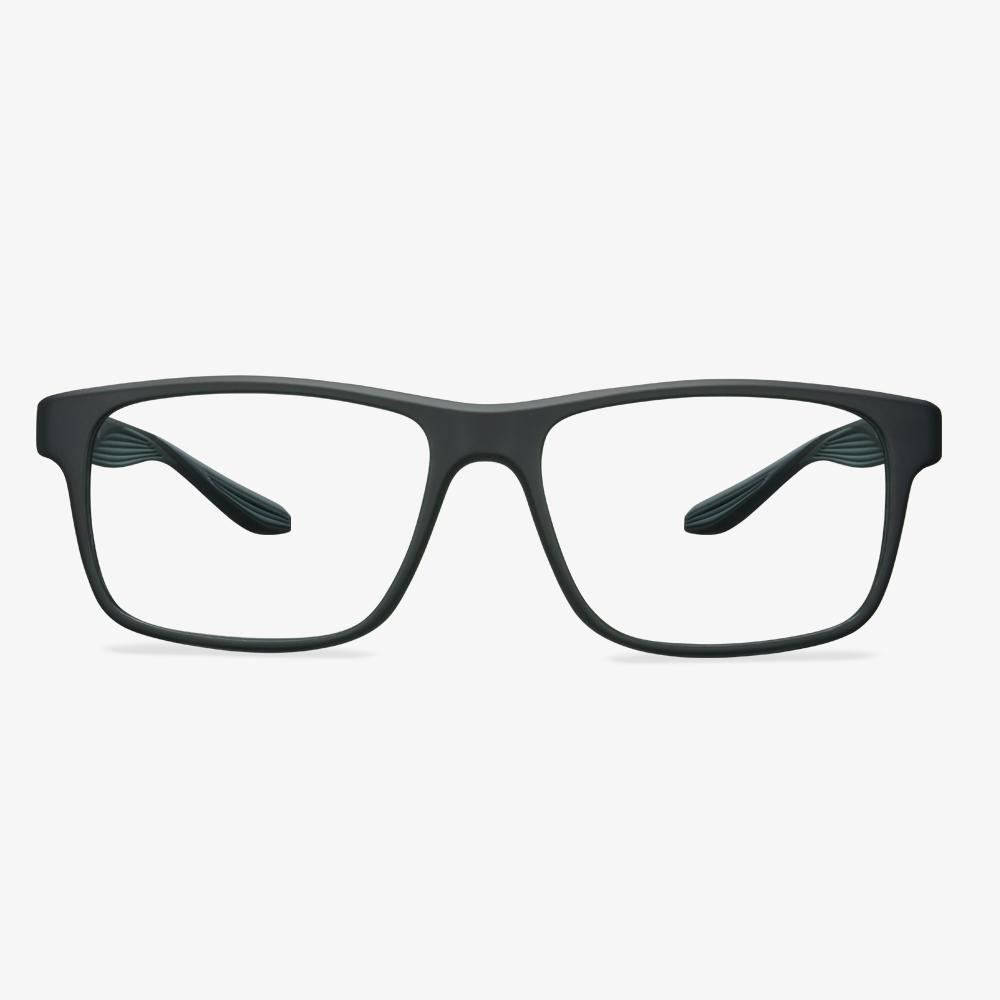What Are Bifocal Glasses?
Bifocal lenses are divided into two parts to accommodate two different prescriptions in one lens. One area of the lens will have one prescription (usually distance) and a segment in the lower half will have the other (usually near vision).
Bifocal glasses are most used to correct presbyopia - an age-related eye condition where the eyes begin to struggle to focus on anything up close. This difficulty usually results in people requiring glasses with two different prescriptions, one for short and one for long-distance.
On bifocal glasses, there is a distinct line between the different prescriptions. Wearers have to look up and down to switch between the prescriptions they need, with long-distance prescriptions at the top and near vision at the bottom.
How to clean the lenses?
When wiping lenses (especially the rimless glasses of resin lens), you must use a special wipe lens or soft handkerchief or paper. When you wipe the lens, you can only wipe it in one direction, not in circles, and don't touch the lens with your fingers. When the lens is stained with dust and sand, it should be washed with water before wiping, otherwise, the lens is likely to be abraded, and the operation should be gentle. At ordinary times, when cleaning, do not exert too much force, pay attention to the grasp of strength. When wiping the lens, it is best to take the side frame with one hand, and the other hand takes the glasses cloth to wipe gently. In order to prevent the lens film layer falls off, do not use alkaline detergent to wipe the lens. Therefore, when bathing or playing at the seaside, glasses should be properly kept to avoid water vapor or seawater caused by corrosion of glasses.
Glasses Size - Frame Width
To really know how big a frame is, and how it will look on your face, you have to determine the width of the entire frame. The outer width of the frame is the distance between the visible areas on the left and right sides of the frame, namely, the distance between the frame and the junction of the two temples. The inner width of the frame is the distance between the inner sides of the two temples at 60mm behind the plane of the lens. This is just the contact point between the temple and the human temple. If it is too tight or too loose, it will affect the wearing comfort. The weight of the frame is evenly distributed across the bridge of the nose (or evenly distributed between the two nose pads on the bridge of the nose).
The MEMORY METAL 202 EYEGLASSES
Memory Metal 202 is an eyeglass frame and it is designed for children who fall over and their parents who must wear glasses. This development allows the metal to withstand a certain amount of bending and then return to its original shape. In addition to being incredibly flexible, the material is very not heavy, very thin, and very comfortable. The rectangular shape is popular with children with a sense of fashion. The choice of colors suits both boys' and girls' tastes and skin tones. Starting with a smooth pink hue, the thin nature of the metal ensures that the color keeps subtle through the soft blue selection.
What is the best lens material?
Trivex is a special material from PPG. Compared with PC lenses, the refractive index is lower (only 1.53) but the Abbe number is higher (up to 45), which results in smaller dispersion and better image quality. At the same time, the impact resistance of the Trivex lens is 10 times higher than that of the PC. It is the only explosion-proof safety lens that can withstand external force twists and turns in the market at present.
Why Are My Progressive Lenses Blurry?
Progressive lenses are optical lenses designed for simultaneous correction of far, medium and near. Progressive lenses use polishing technology to achieve a gradual transition between the two focal lengths. With progressive lenses, people do not have to switch their glasses for different purposes.
However, with the usage of progressive lenses, there are some problems of progressive voices. One of the most commonly reported side effects of progressive lenses is blurry or fuzzy peripheral vision. The blurriness is usually most noticeable through the lower portion of the lens and to the left and right of near and immediate zones.
Limitations of NXT lenses
NXT lenses made from Trivex can't be cut by means of traditional edge cutting ways, requiring certain edge grinders, which has caused some problems for retail stores. Therefore, now NXT lenses are more used in some glasses, like sunglasses, protective goggles, and so on.

















